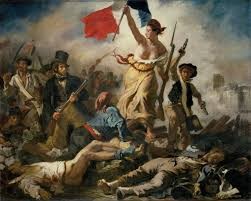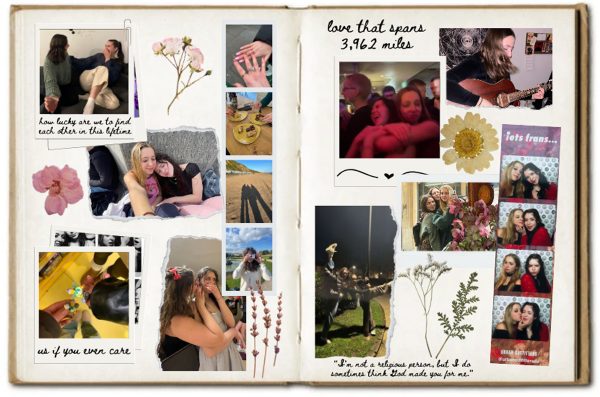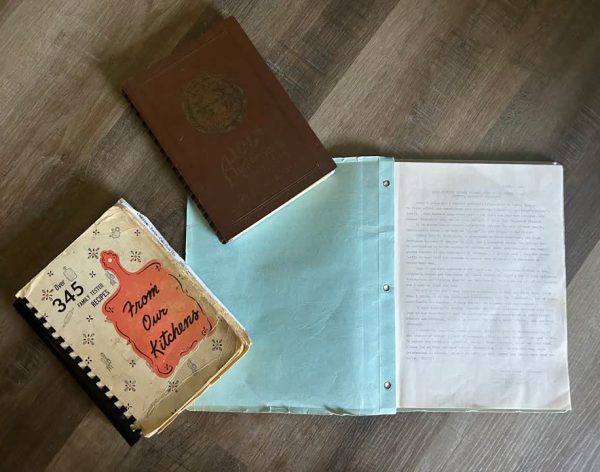Painting with centuries of colonialism
The horrifying implications of timeless art pieces throughout history
More stories from Lauren Spierings

Photo by Submitted
Eugene Delacroix, the artist who painted Liberty Leading the People, is one historical artist known to use mummy brown in his pieces.
Painting with colors requires pigments. Sometimes, these pigments come from questionable and even problematic places.
Lots of colors well loved by artists in history ended up being rather problematic. For example, paris green, also known as emerald green, was a very popular color in art and textiles until it was realized that arsenic, one of its key ingredients, is toxic to humans.
One color in particular was well-loved for painting many popular pieces. This color was known as mummy brown.
Popular paintings like “Liberty Leading the People” and “Interior of a Kitchen” are examples of paintings which utilized mummy brown. In fact, the earliest historians can link the use of mummy brown in art is right around the Renaissance period.
The name of the color leaves no mystery to what makes up the pigment. First made popular in Europe in the 16th century, this color used ground up Egyptian mummies.
As horrifying as that is, mummy brown only scratches the surface of what Europe did with mummies during its colonialist foray into Egypt and its tombs.
The pigment was made from either human or feline remains and was used as a versatile tone for paintings, according to The Conservation Center.
Mummy brown was somewhere between burnt umber and raw umber in color and was great for creating skin tones, shadows and shading.
Artists like Eugene Delacroix, Martin Drolling and Alma-Tadema are either suspected of or confirmed to have bought and used mummy brown in their works.
Edward Burne-Jones is even said to have buried his tube of mummy brown paint in his yard after he found out what goes into the pigment.
According to National Geographic, Europeans consumed mummies in many formats past paintings. Unwrapping parties were a novelty way to spend a night with friends and they were often displayed like decor items in households.
Mummies were also used as medicine. It was believed that eating ground up mummy remains could cure anything a person could think of.
While the actual use of mummies as medicine, called “mumia” at the time, fell from popularity and even into disdain over time, the use of mummy brown paint would last until the 20th century.
The invasion of Napoleon in the 18th century also led to a resurgence of Egyptian mummy consumption. Prior to the invasion, the use of mummies in medicine had waned significantly while pigmenting would continue on much longer.
Over time, the term “egyptomania” would become an apt way to describe the obsession western countries had with the long-lived land of Egypt.
Beyond the morbid nature of how mummies were used for centuries, the discourteous and crude nature of how not only mummies but other cultural and historic artifacts were taken from their rightful places are only just being considered today.
In recent years, there has been somewhat of an effort to “decolonize” museums. Although it is disappointing that decolonization is only taking place now, the uptick in interest to return cultural artifacts to the places they were stolen from is nothing less than the bare minimum.
What that means for museums is unclear, as some institutions aim to return artifacts in their entirety where others aim to keep some ownership.
Overall, mummy brown serves as a reminder that sometimes even the most innocuous things can have terrible implications and terrible ramifications.
Spierings can be reached at [email protected].

Timothy Spierings is a fourth-year Spanish and journalism student. This is their eighth semester on The Spectator staff. They enjoy trying all types of new foods and listening to new music artists and are currently trying to learn the bass guitar.










